 |
 |
 |
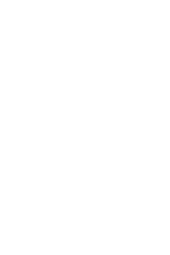
|
The MusVerre 2016 © MusVerre
|
|
 |
MUSVERRE
The new glass museum at Sars-Poteries, called MusVerre, opened its doors on 1 October 2016. It will be housed in a building clad with bluestone, adjacent to the glass studio. This will be a showcase for some of the most prestigious collections, with works recalling the industrial glassmaking history of Sars-Poteries (nineteenth and twentieth centuries), while at the same time highlighting international contemporary creation.
Boasting 1,000 m2 of exhibition surface and spaces dedicated to cultural activities and educational workshops, the project devised by the W-Architectures firm of architects has set great store by rooting the building within its environment, with large windows overlooking tree-filled landscapes and the Avesnois bocage.
With and for the inhabitants of Sambre-Avesnois, the goal of the Nord Department is to make of the MusVerre an amenity that heightens the reputation and attractiveness of the area and contributes to its cultural, touristic and economic development.
Jean-René LECERF
President of the Nord County Council
|

|
Posted 5 October 2016
|
Share this:
|
|
The construction of a new building to house the glass museum marks the ambition of the Nord Department to provide the museum with the necessary conditions for its development: to present the collection - now one of the most significant in Europe for contemporary glass - at its best, to provide it with the conditions for effective conservation and optimal care, to offer visitors the services expected of a modern museum (spacious reception, store-bookshop, relaxation area, documentation, workshops for visual art expression, space for encounters and discussions, co-working space etc.), to optimise the links between the collection and the artists in residence, the museum and the Glass Studio which now adjoins the new amenity.
In the current economic and social context of the Avesnois, a disadvantaged region, for the Nord Department this investment represents a huge challenge: that of placing culture in the heart of a rural area, turning it into a tool to support a development strategy that is based on a distinctive local heritage and espouses creativity and innovation, involving local people and developing shared projects with the stakeholders, and at the same networking and contributing to building recognition and reputation at international level.
|
|
|
|
|

|

|

|
Fifty years after its creation, in furtherance of the action initiated by its founder, Louis Mériaux, the museum has passed a new milestone. A change of name to become the MusVerre, asserts its identity around creation and glass, and represents a shift towards new fields by intersecting various artistic spheres: from sculpture, architecture and design to music, dance, poetry and culinary art. At the same time, installed at the epicentre of the leading glass manufacturing basin in North-West Europe, it prompts reflection on the possible resonant chords with research, higher education and the world of industry.
|
|
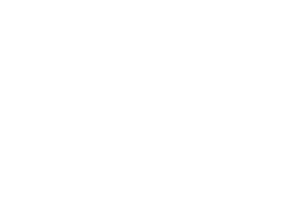
Vue intérieure, MusVerre © Anne Vanlatum, MusVerre
|
|
|
|
|

|

|

|
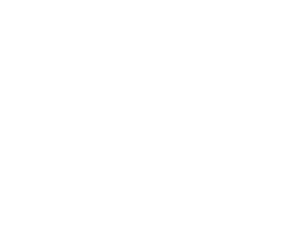
Green Eye of Pyramid, Libensky
Brychtova © MusVerre , Philippe Robin
|
|
In 2001, a new Glass Studio was inaugurated. Designed by the architect Bernard Henry, this 1,200 m2 space offers perfect conditions for hosting artists in residence and holding sessions in which designers share their knowledge with those seeking to master the techniques of glassmaking.
As a first step in the renewal, the creation of this studio constituted a precursor to an architectural project of greater scope: the construction of a new building for the museum.
Although the Château Imbert had not been designed for this purpose, it offered a beautiful backdrop to the presentation of glass collections which the visitor could peruse in the atmosphere of a private residence: oak parquet flooring, moulded ceilings, marble fireplaces and gilded mirrors created a lovely counterpoint to the material of the works on display. Over time, the large reception room became a temporary exhibition room overlooking a superb garden, the annexe rooms of the house became offices, and the attic, the museum’s storage area.
Yet the display and conservation conditions were not perfect. The facilities lacked comfort for the visitor and had insufficient room for the collections. A remedy had to be found.
|
|
|
|
|

|

|

|
HISTORY OF THE MUSEUM
BY ANNE VANLATUM,
ART DIRECTOR THE MUSEUM
The former museum building was the Château Imbert, a beautiful nineteenth century town house which used to be the home of Henri Imbert, who owned the two glassworks which have forged the reputation of Sars-Poteries.
The Imberts were employers who were valued by their staff and the glassworks operated at full capacity for more than a century. After multiple crises, production came to a sudden and permanent halt at the end of 1937. After more than 130 years of intense activity, overnight many workers found themselves unemployed. This was a catastrophe for this small village in Northern France.
In 1958, a new priest arrived in Sars-Poteries, Louis Mériaux. Enthusiastic and generous by nature, he came to know the inhabitants of this municipality in the course of his pastoral work, and their attachment to their glassmaking past and to the astonishing objects they had kept and displayed with pride in their homes: the bousillés, or whimsies, pieces created by the glassworkers from glass rejects during their breaks. Louis Mériaux devoted enormous energy to raising the money] needed to purchase the Château Imbert in1962, and it was first used for the activities of the Centre Culturel Sarséen association.
|
|
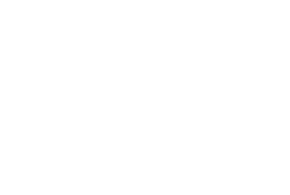
|
|
|
|
|

|

|

|
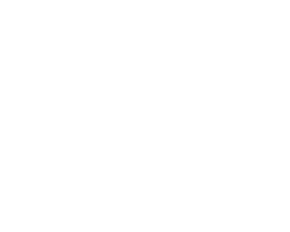
THE BOUSILLÉS (1801-1937):
800 PIECES
Pieces produced for their own pleasure by the glassworkers of Sars-Poteries outside of their work hours, these objects were not intended for sale but were presented to families or friends.
|
|
It was not long before he persuaded the population to lend him their bousillés to be put on display, and as of 1967 they were exhibited in the château, an iconic site for all former glassworkers. This exhibition met with huge success. It attracted numerous personalities and breathed new life into the building. On view in display cases, these everyday objects in bright iridescent colours are a joyful ode to the glassworker’s craft and the freedom of creation. Another exhibition saw the light of day in 1968 before the collection became permanent in 1969, and so the Glass Museum was born.
In 1976, Louis Mériaux opened the Glass Studio in a disused garage, where the former glassworkers blew “neo-bousillés” (pieces made in kilns reinstalled in the 1970s, along the same lines as the original whimsies) and transferred their knowhow to the next generations.
In 1982, he organised the International Glass Symposium in Sars-Poteries and, in 1984, the Glass & Architecture Seminar which gave a new boost to the museum with the establishment of a first collection of contemporary glass gifted by artists.
In 1994, the Nord Department decided to take over the running of the Glass Museum and Studio. Now managed with the institutional and financial resources of the Departmental Council, the museum enjoyed a second lease of life and broadened its activities.
|
|
|
|
|

|

|

|
VISION
A MUSEUM AS SHOWCASE
Designed by Raphaël Voinchet of the
W-Architectures firm of architects, the new Departmental Glass Museum, the MusVerre plays with the reliefs of the landscape and thus appears to rise from the undulations of the terrain. All of its facades and its roof are covered with bluestone of Hainaut which reacts to the exterior light to endow the facades with a unique depth.
Its chiselled edges present a precise geometry reminiscent of the crystalline structure of silica, a raw material used in glass. Extracted only in Belgium, Hainaut stone has been prized for over 300 years for its durability. It is resistant to bad weather, staining and also pollution. With its geometric sharpness, the building will evolve with the seasons and changes in light, and will therefore develop with passing time.
A MUSEUM IN HARMONY WITH THE
LANDSCAPE
Designed to fit into the adjacent natural landscape, the disposition of the MusVerre means that it interacts with the natural spaces. It opens up gradually to the east and embraces the landscape free from constructions and plant screens. The park and the surrounding countryside thus appear to constitute an extension to the museum.
Finally, through the judicious arrangement of its openings, the museum tends to instil a feeling of serenity in its visitors
|
|
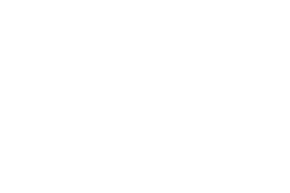
|
|
|
|
|

|

|

|
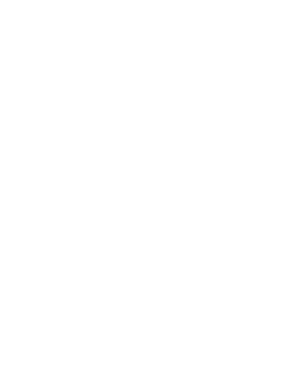
|
|
THE AGENCY W-ARCHITECTURES
VOINCHET & ARCHITECTES ASSOCIÉS
Raphaël Voinchet was trained at the École Polytechnique de Lausanne (Switzerland) from where he graduated in Architecture in 2001. The following year, he set up the agency W-Architecture which he has overseen and developed to this day. In 2006, he received the Nouveaux Albums des Jeunes Architectes prize for the most promising young architects awarded by the Ministry of Culture.
He was nominated for the Palmarès de la Première OEuvre award in December 2009. He teaches at the Higher National School of Architecture in Toulouse, where he regularly gives lectures. Among the team at his architectural and urban design agency, W-Architectures, are architects with international experience.
It offers a precise architectural style, both simple and sobre, that is inspired by the context and distinctive features of each situation. Its work is grounded in the structuring of a thought in order to confer a rigorous logic upon each project and to bring out its essence. W-Architectures has developed expertise and skills in the management of complex projects and has recognised experience in architecture, urban planning, restoration, museography and design.
|
|
|
|
|
|
|
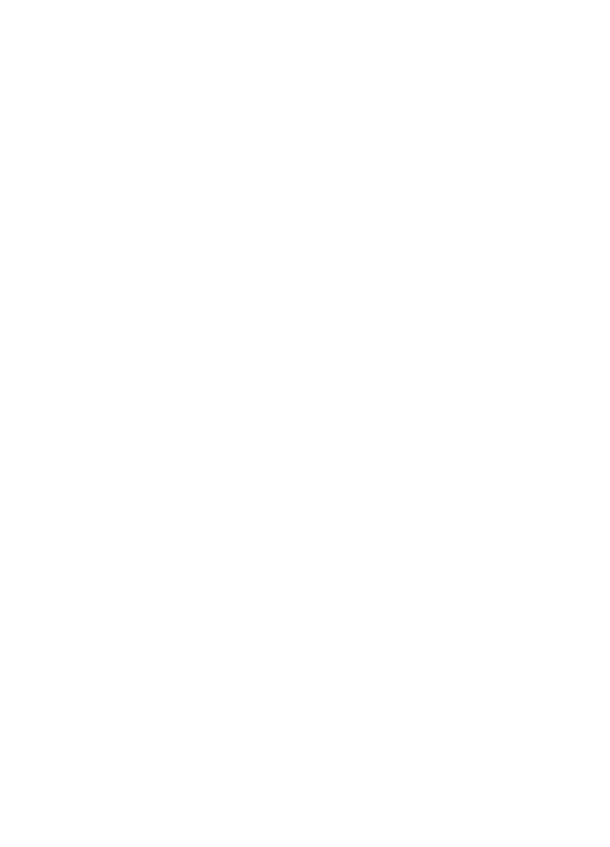
Legato, Perrin & Perrin © MusVerre, Paul Louis
|
|
|
|
|
|
|
ROOM 1: THE BOUSILLÉS 1802-1937
The first room presents almost 240 bousillés, displayed in the form of a cabinet of curiosities. The objects are grouped by purpose and functionality:
Lighting
The collection assembles a number of oil lamps and lamp components, chandeliers, holders for lumettes (strips of dry wood which were lit on the stove flame and replaced the more costly sulphur matches). Among them, the centerpiece of the bousillés collection, the Lampe Imbert, an enormous oil lamp, blown by Florent Vinck the older (1829-1895) and Florent Vinck the younger (1861-1939), cut and engraved by Joseph Poels. It was presented as a gift by the workers to the glassworks owner, Henri Imbert, on the occasion of his marriage on 18 February 1882. To be noticed in the dinnerware section, the glass “deux sous-quat’ sous” made of two glasses of different sizes assembled by their bottoms. When the worker had just received his pay, he presented the large glass in which he drank for four coins and at the end of the month, he drank in the smaller one.
ROOM 2
LOUIS MÉRIAUX OR THE BEGINNINGS OF
THE MUSEUM
The second room retraces the history of the museum and the pivotal role played by its founder in the history of glass in France, from the first exhibition of the bousillés in 1967 to its takeover by the Department in 1994 and invitations to artists in residence. Some “neo-bousillés”, goblets, sugar bowls and ornamental pigs stand witness to the activity of the studio opened by Louis Mériaux in 1976 in a disused barn and to the transfer of know-how from the former glassworkers to the younger generations.
|
|

|

|

|
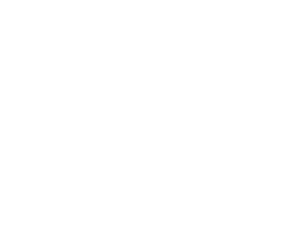
Rouge, Udo Zembok © MusVerre, Paul Louis
|
|
ROOM 3
TOWARDS CONTEMPORARY CREATION
The third room offers a panorama of works in glass by international artists in the mid-1980s. They demonstrate the revival of glass creation in the wake of the Studio Glass movement in the United States and Europe, and the particular influence of the Czechoslovak School whose adherents combined geometric forms with optical illusions.
GARDEN LEVEL: THE CONTEMPORARY WORKS
The pathway continues on the garden level where a selection of contemporary works in the collection are on show, exhibited in two very different ambiances.
The visitor first comes upon a vast space, white and luminous. From here, the surrounding bocage to the north can be seen through a wide opening. The creations are arranged on four long ribbon plinths, two of them punctuated by tall display windows, and in a long display window at the back of the room. There is no question here of thematic or chronological presentation; rather it is a choice of pieces that resonate or clash with one another, and an assumed subjectivity.
On the first plinth, works by Jean-Pierre Umbdenstock, Perrin & Perrin, Jirina Zertova, Wilken Skurk, Renato Santarossa, Howard BenTré and Maria Bang Espersen play on a subtle relationship with script and line.
On the second plinth, the theme of memory and time is acutely present. The visitor will be able to discover the Dress by Karen Lamonte (United States), which explores the problem of the imprint, of the absence-presence of the body, of the private skin and the social skin. Next to it is a work by Joan Crous (Spain), who «fossilises» in glass the remnants of a real meal, and an installation by Matei Negreanu.
The third plinth vibrates with the tension between lightness and massiveness, transparency and opacity, fullness and emptiness. The minimalist purity of Bert Frijns (Netherlands) stands in counterpoint to the expressive power of the work by Ann Wolff (Germany).
The fourth plinth features works by Stanislas Libenský and Jaroslava Brychtová (Czech Republic). They explore light and space and combine geometric shapes with optical illusions. The display window at the back of the room contains pieces that offer the visitor plays of colour and material, transparency and opacity, including works by Udo Zembok (Germany), an artist who paints with light in space, playing on the effects of vibration created by the glass. This vast space opens onto four alcoves with a sombre and intimist atmosphere in which works are grouped together around a variety of themes: nature, the intimate, the questioning of society and the strange. Of particular note here are sculptures by Toots Zynsky (United States), Vincent Breed (Netherlands) and Matali Crasset (France), Giampaolo Amoruso (Belgium), Winnie Teschmacher (Netherlands), Philippa Beveridge (United Kingdom), Makoto Ito (Japan), and Marta Klonowska (Poland).
|
|
|
|
|

|

|

|
Four display cabinets evoke the first International Symposium on Contemporary Glass (1982) and the Glass and Architecture Seminar (1984), exceptional events organised by Louis Mériaux, which placed the museum at the centre of contemporary glass creation. They present almost 40 works gifted by artists of various nationalities (Germany, Spain, United States, France, Japan, Netherlands and Slovakia) who came to Sars-Poteries to work in collaboration with each other and to share their practices. A particular place is reserved for two iconic objects: the glette or hopscotch puck, a model of which was created by Louis Mériaux with a hand and sun, “give me your hand, I’ll give you the sun”, revisited by numerous artists in residence since 1976; and the finial, a quite exceptional and apparently purely decorative piece which the glassworkers placed on their roof ridges as a display of their talents, the disappearance of which was sorely regretted by Mériaux.
Since 1999, the museum has perpetuated this tradition by blowing new finials to adorn afresh the roofs of neighbouring villages, as had been Mériaux’s wish.
|
|
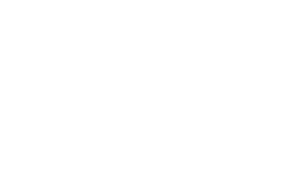
Bowl and oval detail, Frantisek Vizneroval detail, Frantisek Vizner
© MusVerre, Philippe Robin
|
|
|
|
|

|

|

|
BETWEEN BOUSILLÉS AND CONTEMPORARY ART
Born of the passion of one man and his determination to promote and safeguard a local heritage, and to reinvigorate it with presentday creation, the MusVerre conserves a unique collection that is both historical and contemporary, “artisanal” and artistic. It therefore holds highly diverse collections of objects and works.
THE BOUSILLÉS (1801-1937):
800 PIECES
Pieces produced for their own pleasure by the glassworkers of Sars-Poteries outside of their work hours, these objects were not intended for sale but were presented to families or friends.
Everyday masterpieces, fanciful and brimming with life, they demonstrate the know-how and technical virtuosity of the glassworkers. The works unveil their imagination and creativity, make colour and shape sing and express their joy in creation. They constitute the oldest part of the collections and most were gifted to the museum by inhabitants of Sars-Poteries. Today, the museum is rightly proud to hold almost 800 of these unique pieces, and a representative collection is on show here.
SEMI-INDUSTRIAL PRODUCTION:
2,000 PIECES
The museum also holds over 2,000 pieces of glassware and bottleware from the Sars-Poteries glassworks (glasses, jugs, jars…) documented in the sale catalogues. The museum is particularly design-oriented. Thus, only three of the most spectacular pieces are on show: a vase with Art Deco decoration, a vase with mercury silvering and a glass jug in multi-layered blown glass. They will later feature in exhibitions alongside the bousillés and with contemporary design pieces or shows organised in partnership with the Glass Museum and Studio in Trélon.
|
|
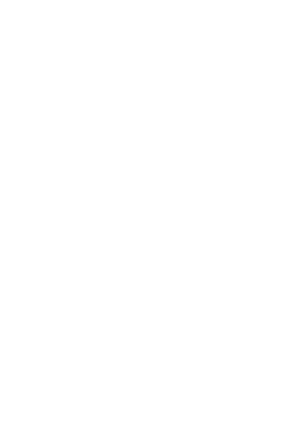
Jug, manufactured object © MusVerre,
Philippe Robin
|
|
|
|
|

|

|

|
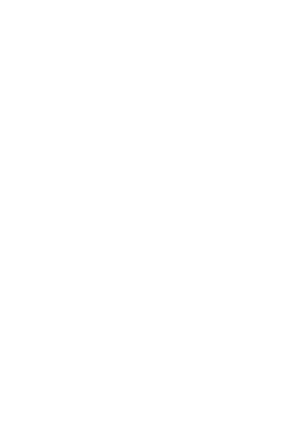
Coupe à cornet © MusVerre, Philippe Robin
|
|
CONTEMPORARY GLASS DESIGN:
750 PIECES
Since the 1982 Symposium and the first artist donations, and in particular since its takeover by the Department in 1994, the museum has developed an active acquisitions policy in the field of contemporary glass. From figuration to abstract art, from the 1980s to present-day design, the sculptures held by the Sars-Poteries museum are unique glass pieces, executed by artists from the all over the world: Europe, Japan, United States, Australia…
Today they constitute the largest public collection of contemporary glass art in France and, alongside the artist residencies, they have forged the museum’s international reputation.
THE COLLECTION:
It is remarkable by its size, its technical complexity and the attention devoted to detail.
Dinnerware
In addition to the drinking vessels, jugs, carafes, decanters, water pitchers and a water bottle presented in this section, there are also a number of sugar bowls. Tradition has it that “if you came to a glassworker’s house for coffee, you came away with the sugar bowl”.
Several prestigious objects complete this collection: pedestal stands, goblets etc. These objects were made especially for New Year. At the centre of these pieces there is a surprise little mouse, a prank object that was presented to guests who were told: “blow through the nose and she will sing from her tail!” As the little mouse was filled with water, the unsuspecting guest was left with a wet face.
Religious or ritual objects
Associated with life’s rites of passage such as baptism, communion, conscription, marriage and death, these objects constitute a moving display. They include paperweights with religious motifs, hand-shaped ex-votos, sweet holders and christening cups, wedding glasses and even “passion bottles” (containing symbols associated with the Passion of Christ).
Decorative objects
This section brings together paperweights incorporating coloured glass or ceramic subjects, pipes, walking-sticks, Christmas baubles and lanterns, animal figures, glettes or hopscotch pucks and several so-called Encriers revanche (revenge inkwells). These are true marvels that play with trompe-l’oeil to imitate ink with coloured glass; they are remarkable for the quality of the glass cutting and the technical prowess required to execute them. Tradition has it that their name evoked the glassworkers’ technical dexterity in stark contrast to their intellectual knowledge.
And so visitors are treated to a wonderland of shapes, colours and decorations as well as the poetry of these everyday masterpieces.
The pathway starts with the museum’s historical works, brought together into three rooms, in display cases with dark walls and clear, light-shedding
glass.
|
|
|
|
|

|

|

|
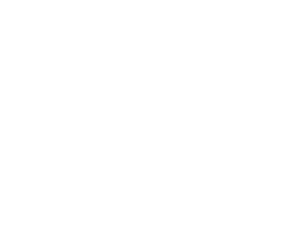
Cominciare chaos, Toots Zynsky
© MusVerre, Paul Louis
|
|
Above all, the MusVerre presented an architectural challenge. Above and beyond enhancing the works exhibited, the building symbolises the link between a heritage handed down by traditional local production and the modernity of contemporary artistic creation.
The architectural project reflects the wish of the Nord Department to reconcile four key problems:
- That of creating a museum rooted in the landscape, in keeping with the morphology of the site, the wooded boundaries and the surrounding structures,
- That of allowing the museum to set off the works it conserves and exhibits for visitors, merely through its architecture of pure, clean shapes.
- That of offering visitors, from the moment they enter the museum, a rich pathway and a visit punctuated by views over the surrounding landscape,
- That of organising separate and distinct spaces within the museum, to ensure that each object on display finds its proper place and reveals its symbolism.
|
|
|
|
|

|

|

|
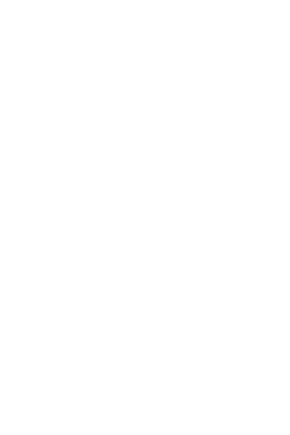
Magic Mirror Pink, Ann Veronica Janssens
© Andrea Rossetti, Courtesy Gallery Shipper
|
|
THE PROJECT
To mark its inauguration, the MusVerre approached Ann Veronica Janssens to execute an installation. For us, the relevance, power and poetry of her work, the questions it raises, the cornerstones of her artistic practice, her recurrent use of glass as a material and the very particular fit of the “wideangle” space to her work made this invitation an obvious choice. It is a very great honour for the museum that Ann Veronica responded favourably to this invitation. This installation also marks the museum’s determination to broaden its outlook beyond artists working with glass to other plastic artists who, on a regular basis or at a particular point in their career, use glass for its particular qualities that serve the needs of their artistic approach.
Ann Veronica Janssens has chosen to present seven MagicMirrors and Gaufrettes with a minimalist approach that reflects the uncluttered character of the architecture. She capitalises on the large angled window, which “allows a piece of the landscape” into the field of view.
|
|
|
|
|
|
|
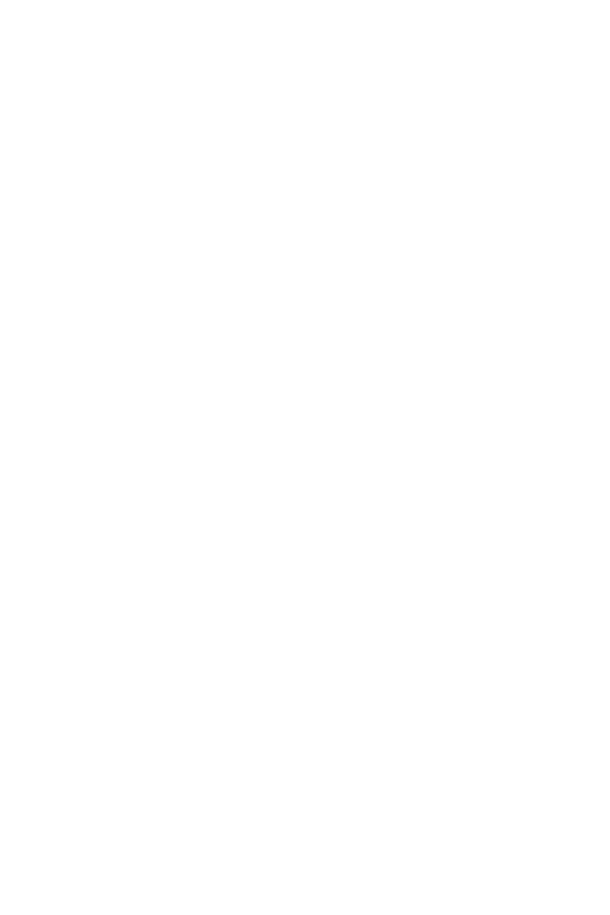
Ann Veronica Janssens
Magic Mirrors (Green & Pink#2), 2015
Dichroic polyester film, securit glass, float glass
200 x 120 x 1,8 cm each, 2 parts
Edition of 1
(AVJ 088)
Courtesy: the artist and Esther Schipper, Berlin
Photo: © Andrea Rossetti
|
|
|
|
|
|
|
ANN VERONICA JANSSENS
Born in Folkestone in 1965, Ann Veronica Janssens is a Belgian visual artist. In 1999, she represented Belgium at the Venice Biennale. She creates installations with lights and artificial smoke that distort the perception of space. She lives and works in Brussels. The artistic practice of Ann Veronica Janssens can be defined as research based on the sensorial experience of reality. Through diverse types of device (installations, projections, immersive environments, urban interventions, sculptures), Ann Veronica Janssens invites the spectator to cross the threshold into a new sensory space, on the edge of vertigo and dazzlement. In a register inspired by cognitive processes (perception, sensation, memory, representation), her works tend towards a certain minimalism, underscoring the fleeting, ephemeral or fragile character of the propositions to which she invites us. Spatialisation and diffusion of light, radiation of colour, stroboscopic impulses, artificial smoke, reflective or diaphanous surfaces are all devices she uses to reveal the instability of our perception in terms of time and space. The properties of the materials (brilliance, lightness, transparency, fluidity) or physical phenomena (reflection, refraction, perspective, equilibrium, waves) are questioned with rigour in their capacity to shake the very notion of materiality.
“By reflecting on fragments of shattered coloured glass or shining through them at random, the light creates a kind of cascade of light, a myriad iridescent coloured reflections that change with the movement of the observer and the light reflected in it. Similarly, inserting an iridescent coloured filter between two plates of structured glass creates a sculptural, colourful and shifting surface, ever changing according to the illumination of the space in which it is exhibited and the position of the observer. I use the properties of light, refraction and reflection to explore various perspective of colour and I use light in such a way that it infiltrates into the material, creating a perceptive experience that sets this materiality in motion and dissolves its resistance.”
|
|

|

|

|
CONNECTING WITH THE LOCAL TERRITORY
A CHALLENGE FOR THE NEW MUSEUM
Installed in a rural municipality of 1,500 inhabitants surrounded by bocage, the MusVerre will constitute a “cultural driver” for the development of the
Avesnois region. Through its commitment to the local people, its local anchorage and the diversity of its actions, it will contribute to reducing the isolation of the area and play a role in mobilizing local stakeholders.
The standing of the museum and the rare quality of the architecture and the collections will add to the touristic appeal of the Avesnois, which enjoys a remarkable landscape and cultural heritage, set in a huge Euroregional space stretching as far as the Thiérache, the Belgian province of Hainaut and the fringes of the Valenciennois and Cambrésis regions. These advantages will attract people from across Northern Europe, who will come to explore glass in the midst of art and nature both.
Part of the network of department-run museums, the new Glass Museum will ultimately make a full contribution to the reputation and attractiveness of the Nord Department, as an essential centre for contemporary glass creation at European and global scale.
See in NEWS>
See also the Agenda>
MES ENVIES EN AVESNOIS
24/6/2016-30/10/2016
Du 24 juin à la fin du mois d’octobre, l’Avesnois s’expose à la Maison du Tourisme.
Le musverre participe cet été, avec l’ensemble des acteurs de l’Avesnois, à la promotion de la destination. Plusieurs œuvres du musée, des « bousillés » et des œuvres en verre d'artistes contemporains, sont présentées.
EXPOSITIONS HORS LES MURS
5/7/2016-27/8/2016
PARTENARIAT AVEC LE VALJOLY
La station touristique du Val-Joly, accueille cet été, du 5 juillet au 27 août, une exposition du musverre. Quelques œuvres autour de la thématique de l’eau seront présentées. À cette occasion, les médiateurs du musée accompagneront les visiteurs dans la découverte de l'exposition. Les mercredis et samedis après-midi auront lieu des ateliers d’expression plastique, en lien avec les œuvres présentées.
MUSVERRE
76, rue du Général de Gaulle / BP 2
59216 SARS-POTERIES, France
+ 33 (0)3-59 73 16 16
musverre@lenord.fr
musverre.lenord.fr
|
|
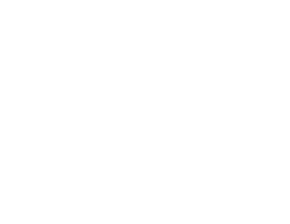
|
|
|
|
|
|
|
|
|
|


